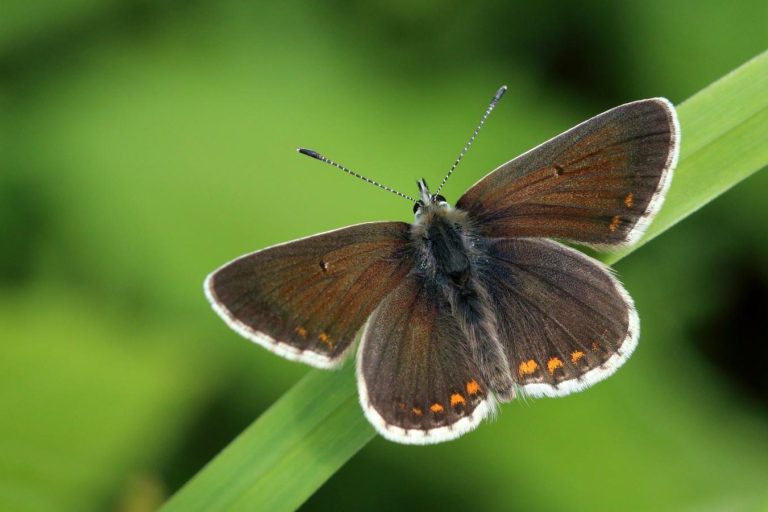www.stateofthecoast.scot
Biodiversity
Marine Mammals
Fifteen cetacean species have been recorded along the Grampian coast since 1990, making the region one of the richest for cetaceans in the UK. Of these, nine have been recorded regularly, with three species occurring frequently (bottlenose dolphins, harbour porpoises, and minke whales). Prior to 2008, white beaked dolphins were also a very regular visitor. In 2005 they were the most recorded species however they have now become a very rare sight.
Birds
Numerous species of resident, breeding, and wintering birds can be found at the East Grampian Coast. Many of the seabird species breed in their hundreds or thousands, utilising the varied coastal habitats from sand dunes to cliffs. Significant proportions of some seabirds UK breeding populations are hosted by the East Grampian area, such as common guillemot and kittiwake. Other species utilise the coast during important points in their life cycle, such as pink-footed geese visiting the area to over-winter (feeding and roosting) or common scoter utilising the coast at Blackdog as a moulting site.
Sharks, Skates & Rays
There are 24 shark species, 7 ray species, and 5 skate species known to be found in Scottish waters. Some species recorded in the North Sea include basking shark, porbeagle shark, and starry skate. Many of the shark, skate, and ray species face threats from overexploitation (fishing/hunting), bycatch, and pollution.
Migratory Fish
Migratory fish species which occur in East Grampian coastal waters include atlantic salmon, sea/brown trout, lamprey, and eel.
Crustaceans
Key crustaceans which occur in East Grampian coastal waters are European lobster and brown crab. These species form an important part of the ecosystem, and are valuable to the local fishing industry.
Invertebrates
Key invertebrate species found at the East Grampian Coast include bordered brown lacewing, narrow-mouthed whorl snail, and an assemblage of butterflies.
Invasive Non-Native Species (INNS)
INNS such as pink salmon, american mink, and himalayan balsam are currently impacting the East Grampian Coastal area. INNS can impact upon native species, outcompeting them for resources such as food, space, and light. There are a number of INNS which have been recorded in Scotland, with the potential to impact the East Grampian coast in the future – this includes species such as common cord-grass, and slipper limpet.

Marine Mammals

Cliff Nesting Seabirds

Coastal Nesting Birds

Sharks and Rays
We need your consent to load the translations
We use a third-party service to translate the website content that may collect data about your activity. Please review the details in the privacy policy and accept the service to view the translations.






